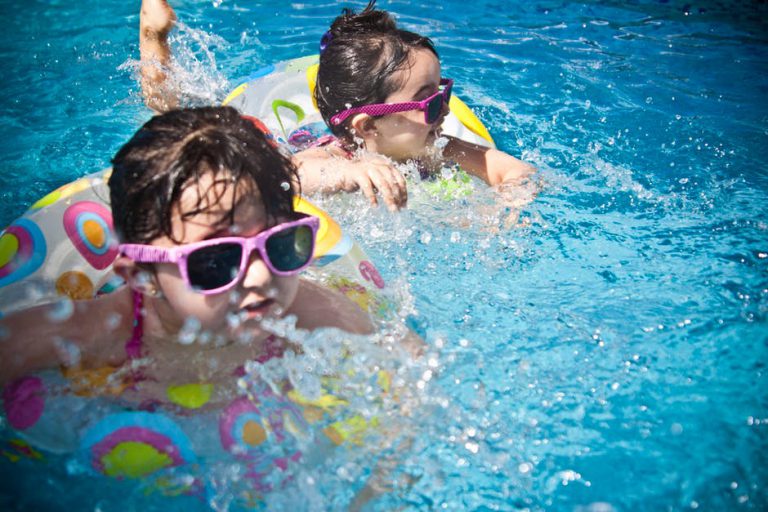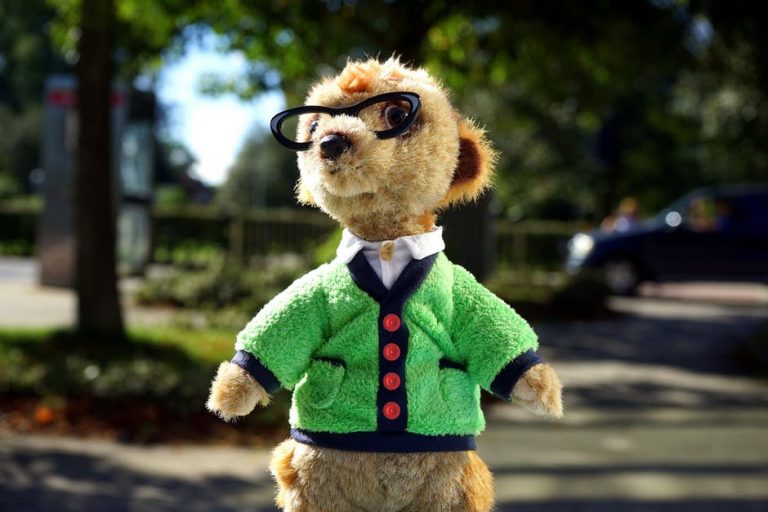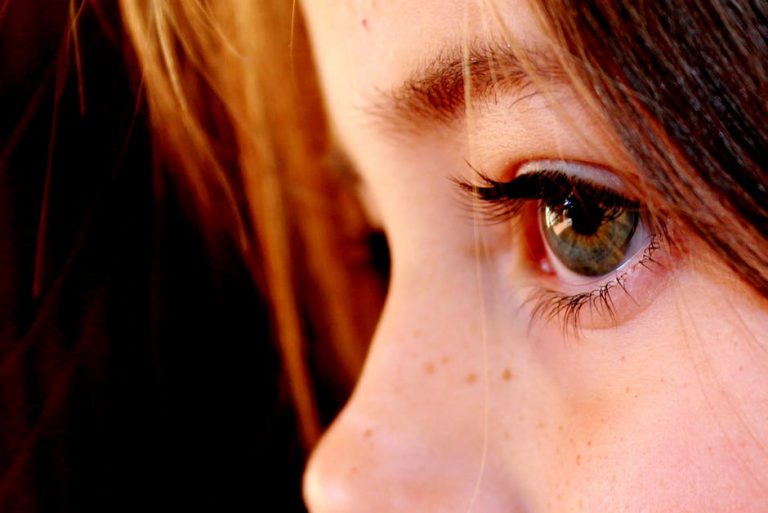The importance of Kids Eye Checks
Your child’s eyes are special. In the early years, vision helps them find out about the world around them, about their home, about you.
Later, as they go through school, their eyesight lets them learn and discover – in fact, about 80% of what is taught in schools is presented visually. Being able to see clearly is therefore incredibly important in your child’s overall development.
So it’s not surprising that we take your child’s eyesight seriously. Every bit as seriously as you do. The critical age for a child’s visual development is from birth to age nine.
At Keensight Opticians we are more than happy to examine children.
The various essential tests performed include checking for “lazy” eyes or testing for misalignment between the eyes to name but a few.


Here are a few facts:
- 80% of children’s learning is visual.
- 5-10% of all pre-school children have problems with their eyes or their vision.
- 25% of all children of school going age have vision problems.
All primary schools carry out vision screening (this is not a full eye examination). It is possible for a child to pass the current school vision screening and still have eye problems. By the time your child starts school they are using their eyes in a very concentrated way, and skills such as seeing, focusing, tracking, perception and hand eye coordination form a major part of their learning process.
Any problems with these skills will interfere with their ability to develop their learning skills.

So as a parent what should you look out for
- Straining their eyes or tilting their head to see better
- Frequent eye rubbing
- Losing their place while reading, or using a finger to guide their eyes
- Sensitivity to light and/or excessive tearing
- Falling behind in school
- Complaining of headaches or tired eyes
- The presence of a “turn” in the eye or a misdirection of the eyes
- Consistently sitting too close to the TV or holding a book too close
- Avoiding activities which require near vision i.e. reading or homework, or distance vision, such as participating in sports or other recreational activities
- Closing one eye to read, watch TV or see better
- Avoiding using a computer or tablet because it “hurts their eyes”
- A “white reflex” in photographs. This is similar in appearance to red-eye, except it’s white. It is extremely serious – if you notice it, you should seek medical attention immediately.

Some Common Eye Conditions for Kids
It is important to remember that there may not be a problem .
What is strabismus or squint?
Answer: Strabismus, commonly known as a squint, occurs in 2-4% of the population and is most commonly seen in young children. A squint occurs when the muscles which move the eyes (the extraocular muscles) don’t work together properly. There may be a misalignment of the eyes (one eye is at an angle when the person looks straight ahead) or a lack of coordination. As the eyes point in slightly different directions, the brain cannot combine the views from each eye to produce a sharp 3D image. Two common types of squint are ‘convergent’ (or crossed-eyes) where one or both eyes turn inward, and ‘divergent’ (or walleye) where one or both eyes turn outward. If you’re worried about your child having a squint, it’s best to consult us at Keensight
What is myopia/short sight and how can it be corrected?
Answer: A person with myopia or short sight can see objects close to them clearly, but not far away.
Myopia is caused by the change in size of the eye; this can change a lot as we grow during our teenage years. You are more likely to be myopic if other members of your family are also. Myopia is corrected by spectacles or contact lenses with lenses which are ‘minus’ or concave in shape. So if you’re short sighted, your prescription will have a minus lens power, e.g. -2.50D.
Myopia is corrected by spectacles or contact lenses with lenses which are ‘minus’ or concave in shape. So if you’re short sighted, your prescription will have a minus lens power, e.g. -2.50D.
What is hyperopia/hypermetropia/long sight and how can it be corrected?
Answer: A person with hyperopia or long sight can see objects better far away from them clearly, but not those close by.
This is caused by the size of the eye – the eyeball is slightly too short. It is corrected by spectacles or contact lenses with lenses which are ‘plus’ or convex in shape.
If you’re long-sighted your prescription will have a plus lens power, e.g. +2.50D.
What is amblyopia?
Answer: Amblyopia (also known as lazy eye) is a condition in which vision in one eye is very much worse than the other. Often caused when one eye is bigger than the other .The two views provided by the eyes cannot be combined into one 3D image by the brain, so the patient loses their binocular vision. Binocular vision is where the combination of the images from the two eyes enables the person to see in 3D
What is astigmatism and how can it be corrected?
Answer: A perfectly round eye is as likely as a perfectly round apple. Nature does not make perfectly round anything. Nearly everybody has a somewhat not round eye. Some eyes are less round than others. This is given the name Astigmatism which sounds more complicated than it is but just means not round, it is often described as being shaped more like a rugby ball than a football. Imagine a rugby ball sliced in half, lengthways.
It is corrected by spectacles with a cylinder shape built into the lenses at a certain angle. Contact lenses can also correct astigmatism – mild astigmatism can be corrected by an ordinary gas-permeable lens. Those who prefer a soft lens or have higher amounts of astigmatism can use specially designed, ‘toric’ soft lenses.
BOOK TODAY AND SEE A BETTER FUTURE
Eye Tests for kids are FUN at Keensight Opticians so simply drop in or click on the Book Now button.
Best value in Kids Glasses at Keensight Opticians.
KIDS FRAMES
Our children’s glasses are not just smaller versions of adults’ styles. We spend a lot of time deciding on what frames we have in our children’s glasses ranges that are specifically designed for children. So as well as looking good, they have a number of features that take into account your child’s anatomy and head shape and the fact that they are likely to grow during the time they own them.
